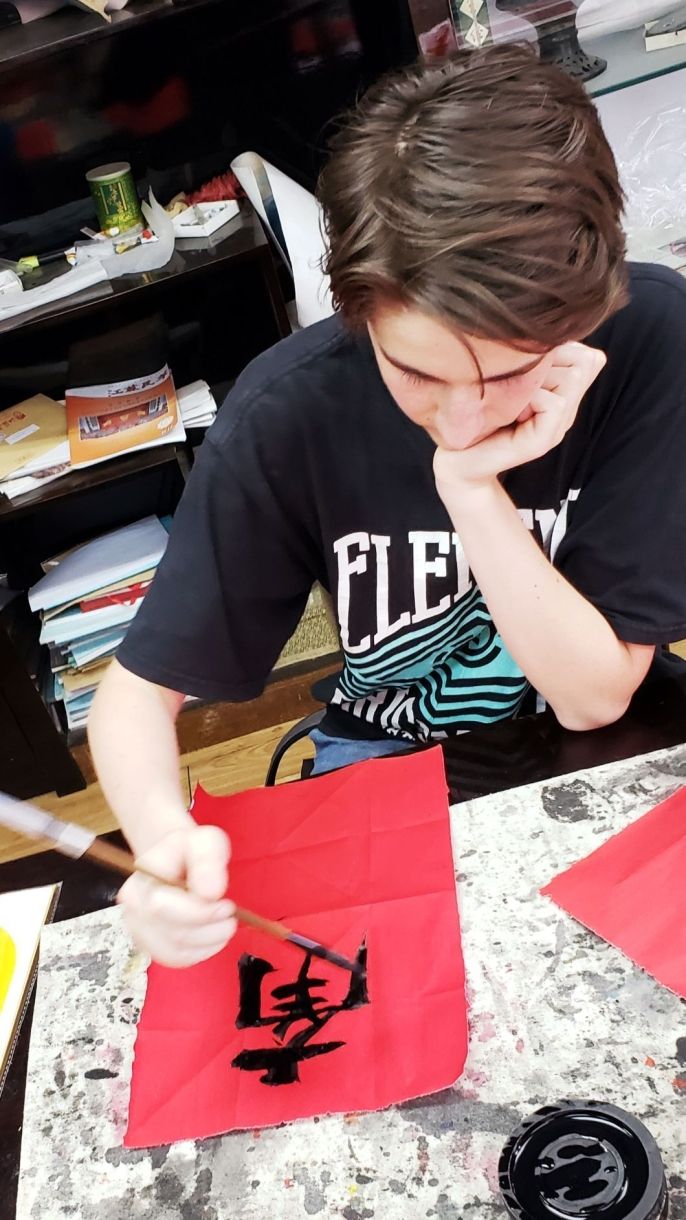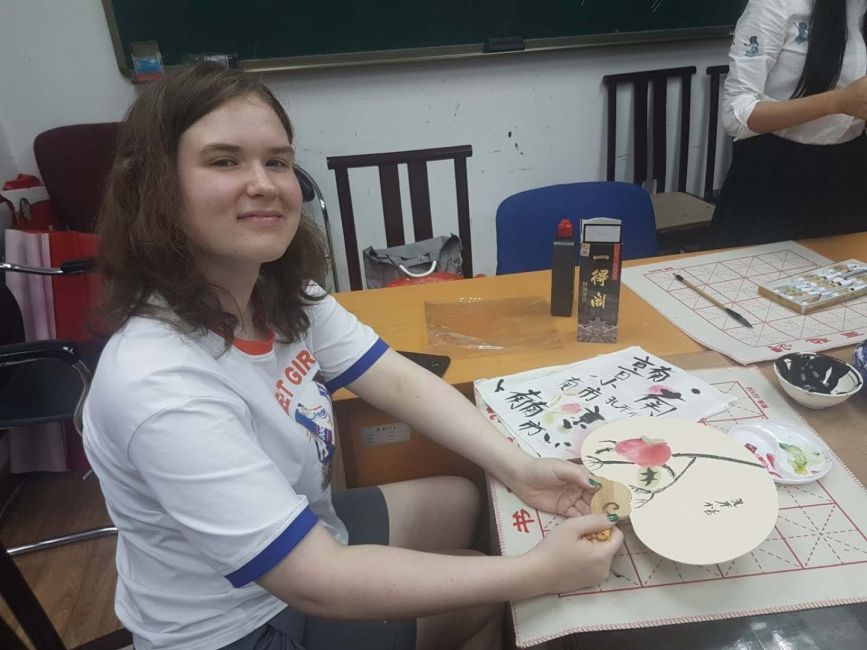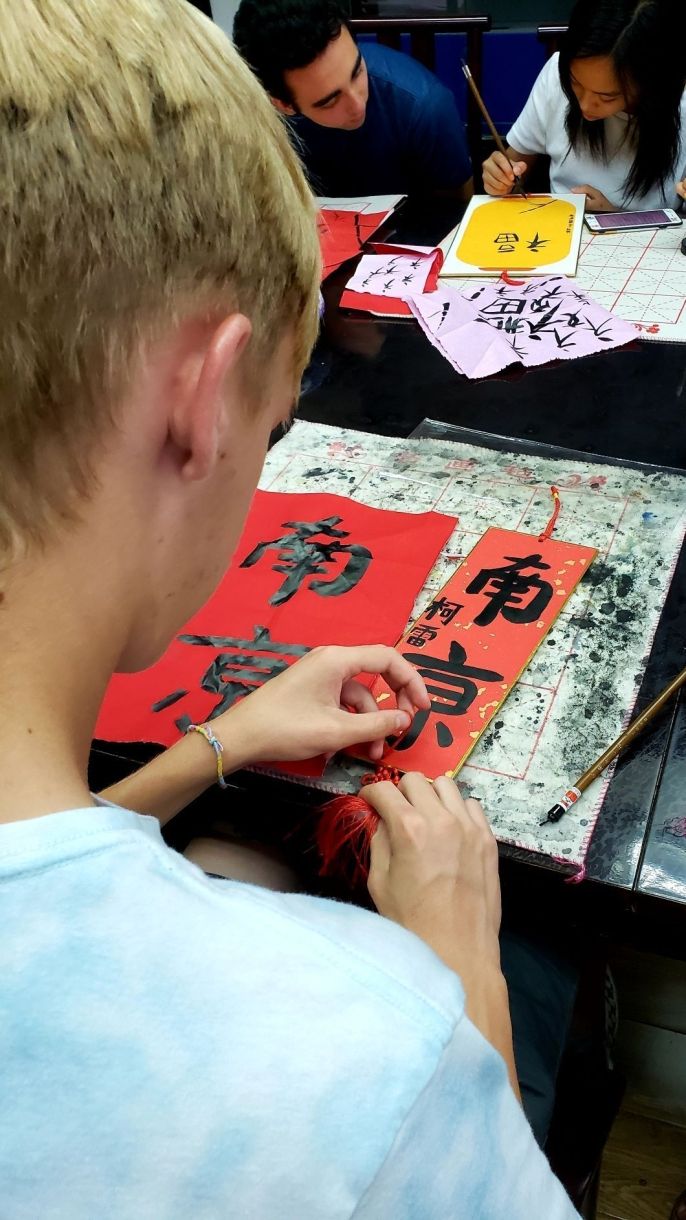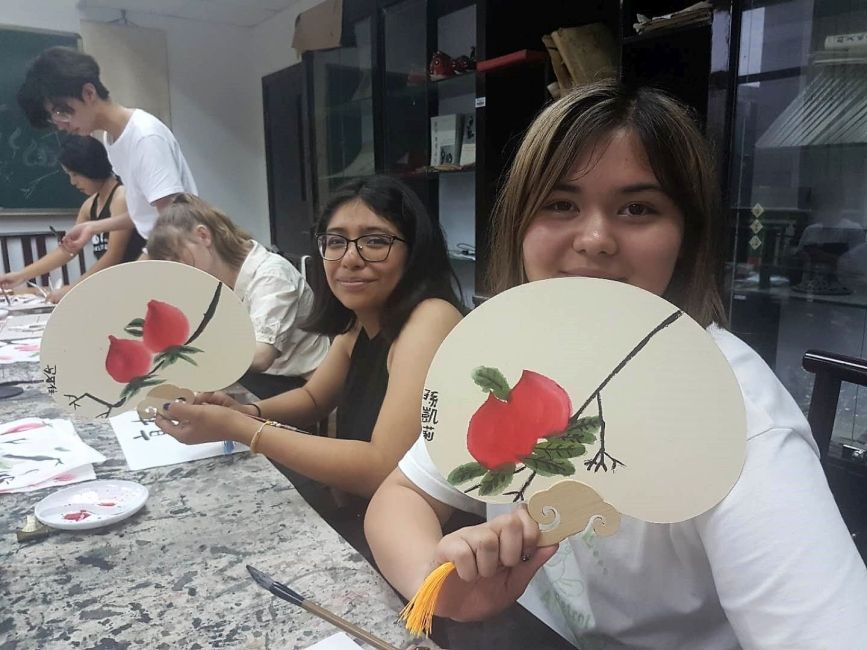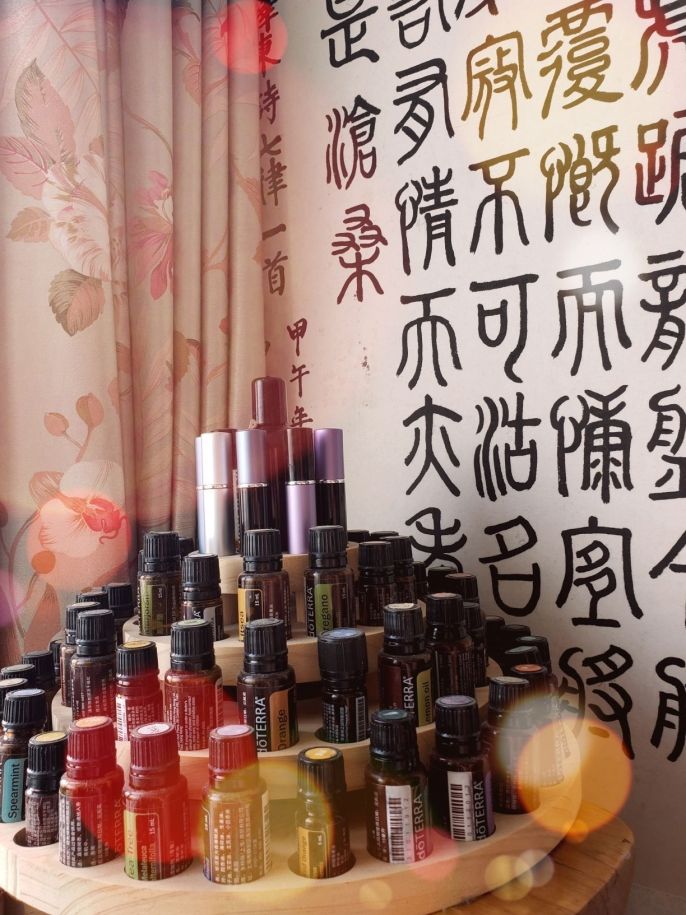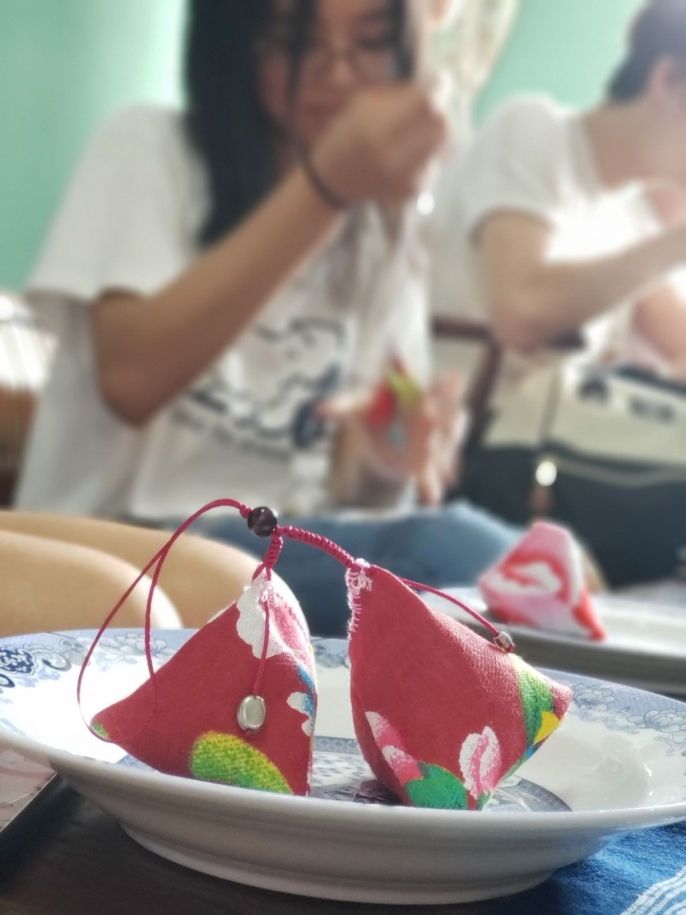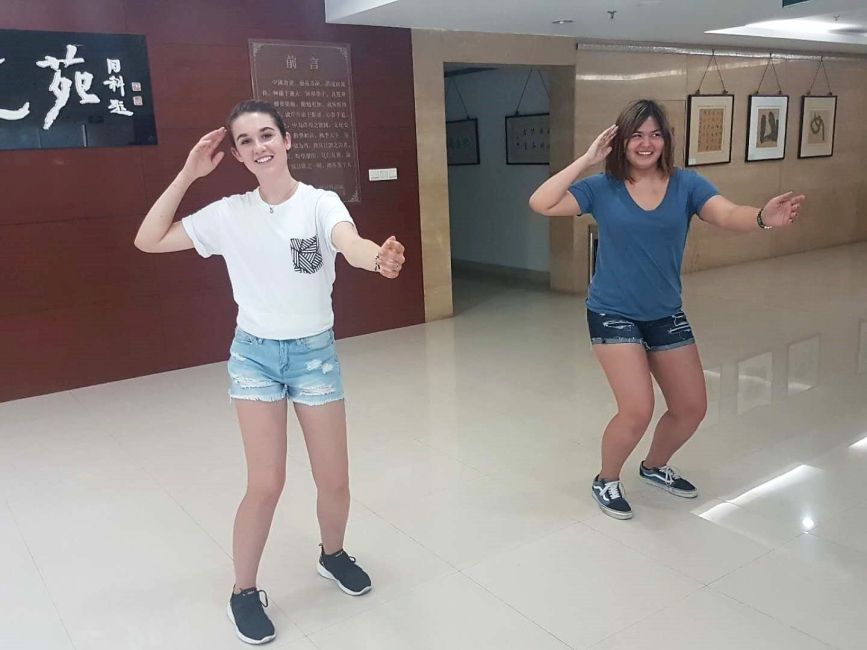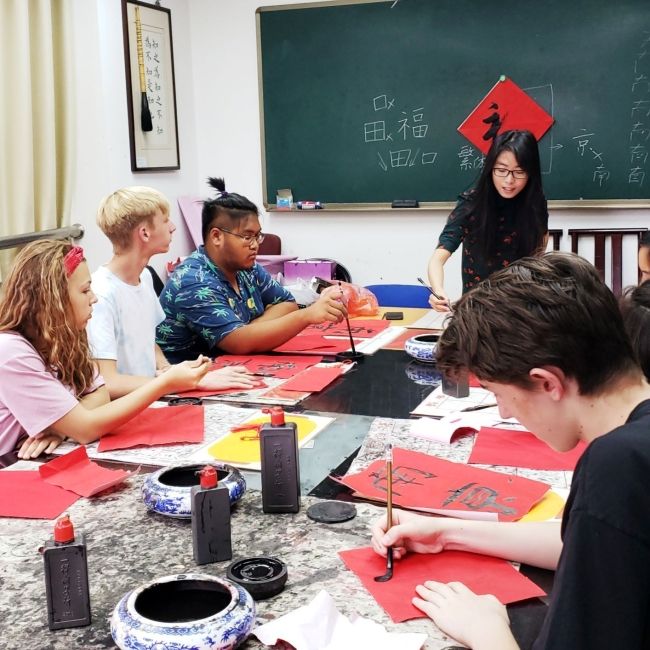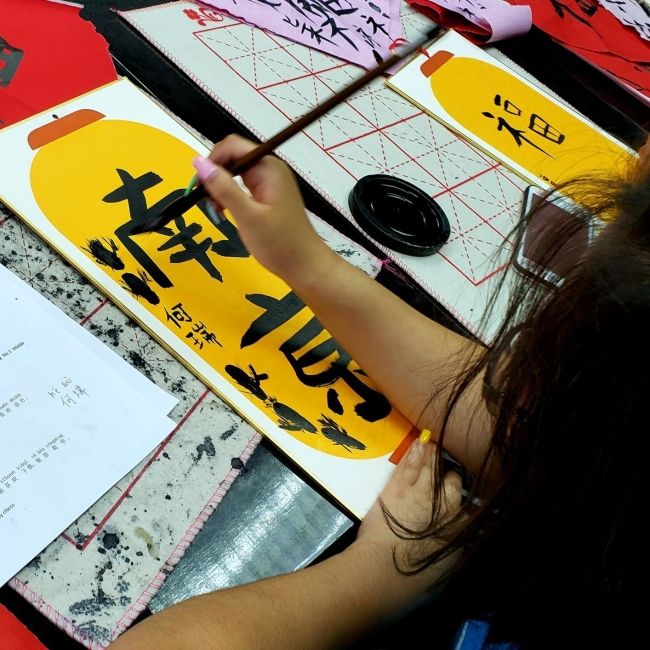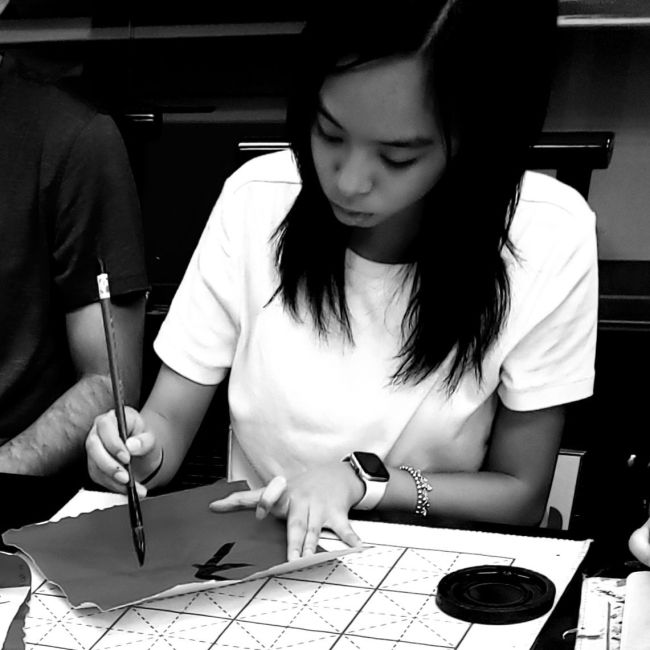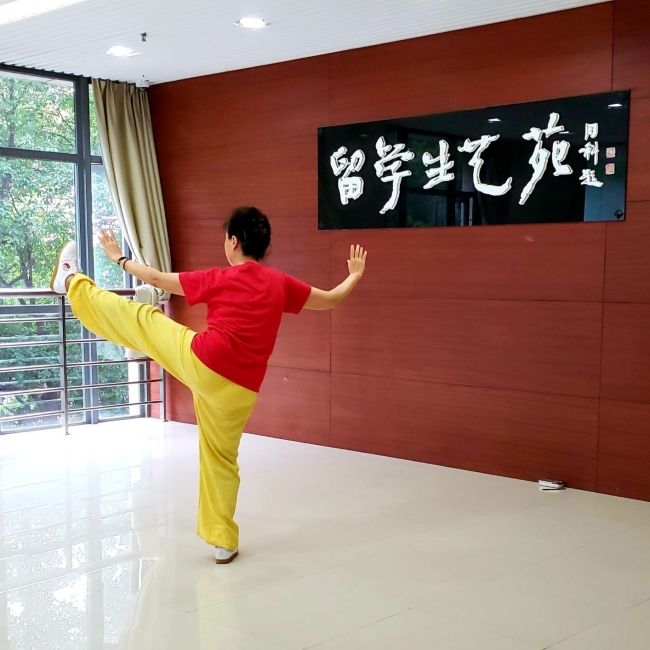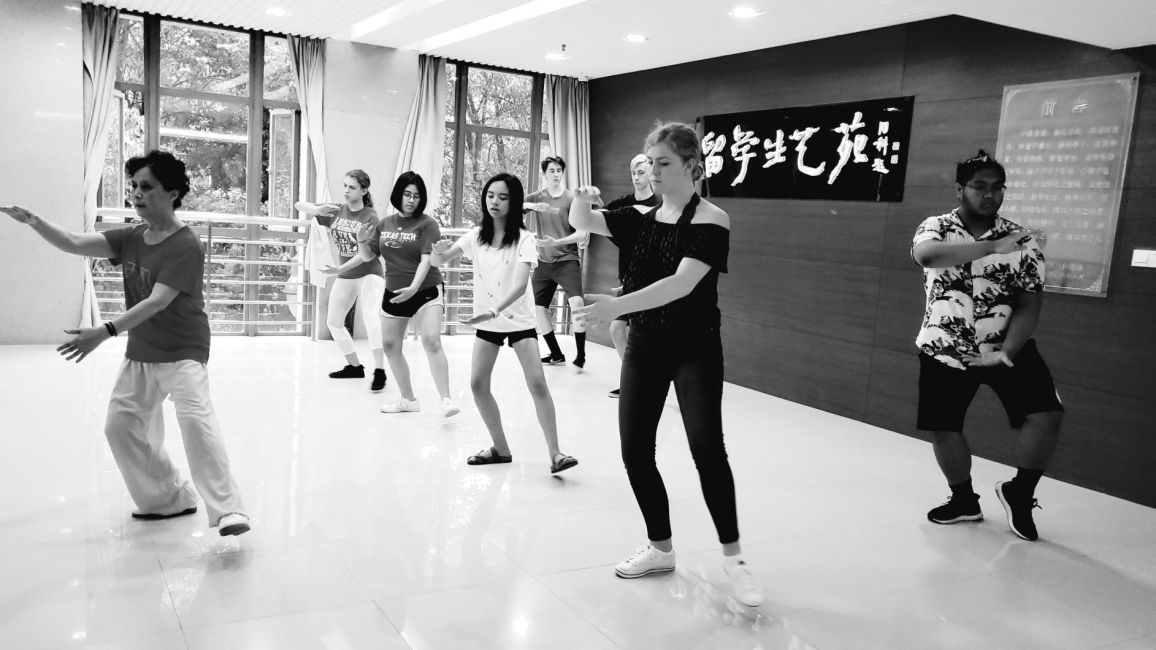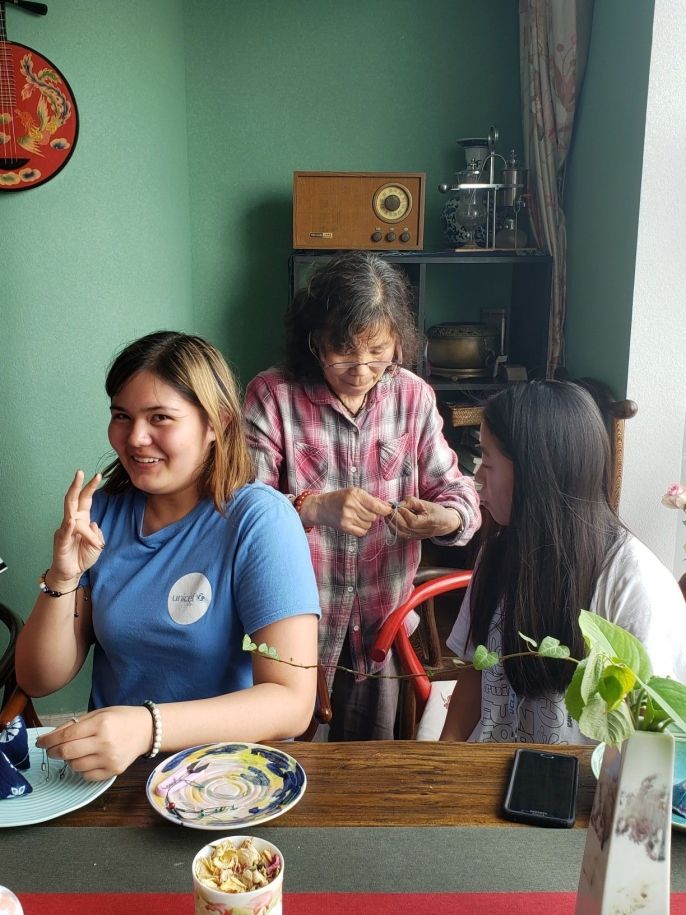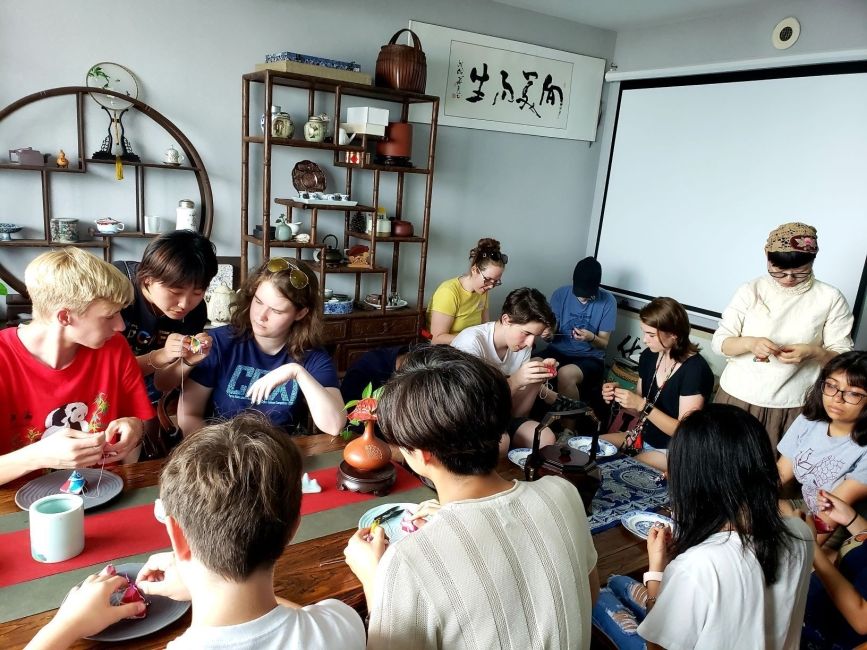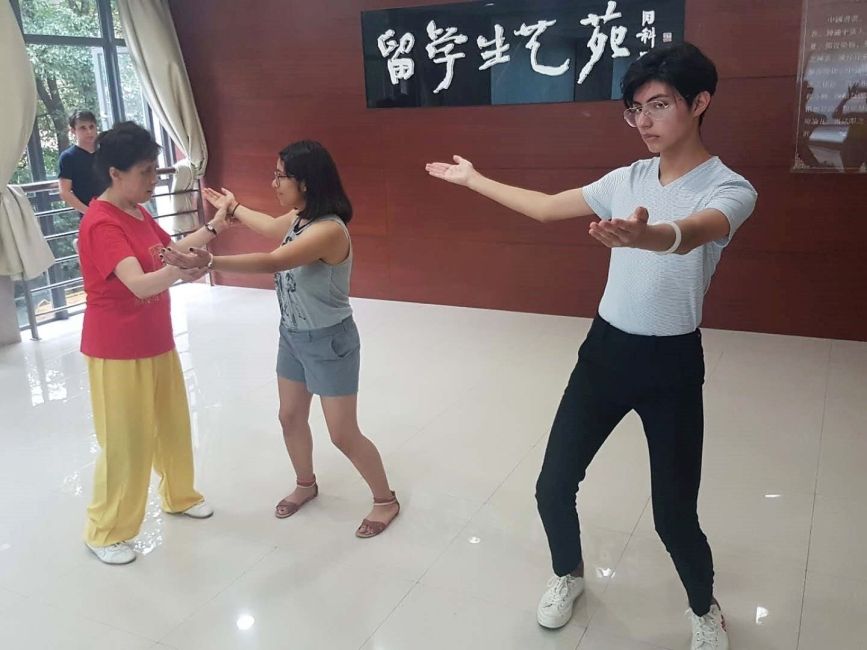Tradition Comes Alive: Chinese Culture Classes in Nanjing
Over the past couple of weeks on our program, students have gotten the opportunity to participate in 3 different types of traditional Chinese cultural activities: calligraphy class, Tai Qi (known as Tai Ji or 太极 in Chinese), and a xiang nang spice sachet-making class. To learn more about these traditional Chinese activities, I caught up with our Program Coordinator, Sheng laoshi, to find out about their origin and significance in Chinese culture.
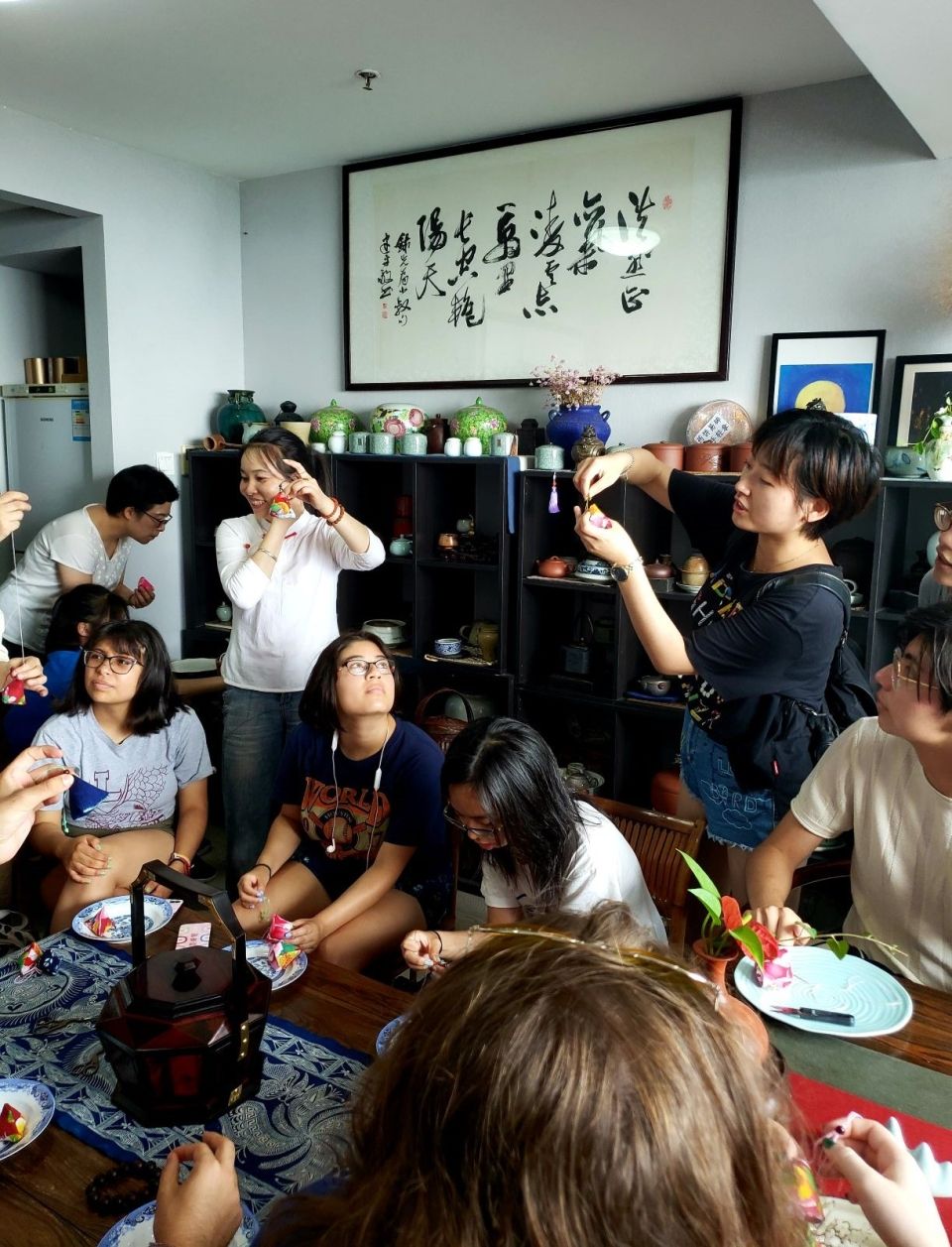
Calligraphy Class (书法课)
“In China, there are 2 types of calligraphy: writing and painting. The first one, writing, is about writing Chinese characters, and painting is about creating pictures out of colored ink. Usually, when we talk about calligraphy, we’re talking about the kind that centers around writing characters.
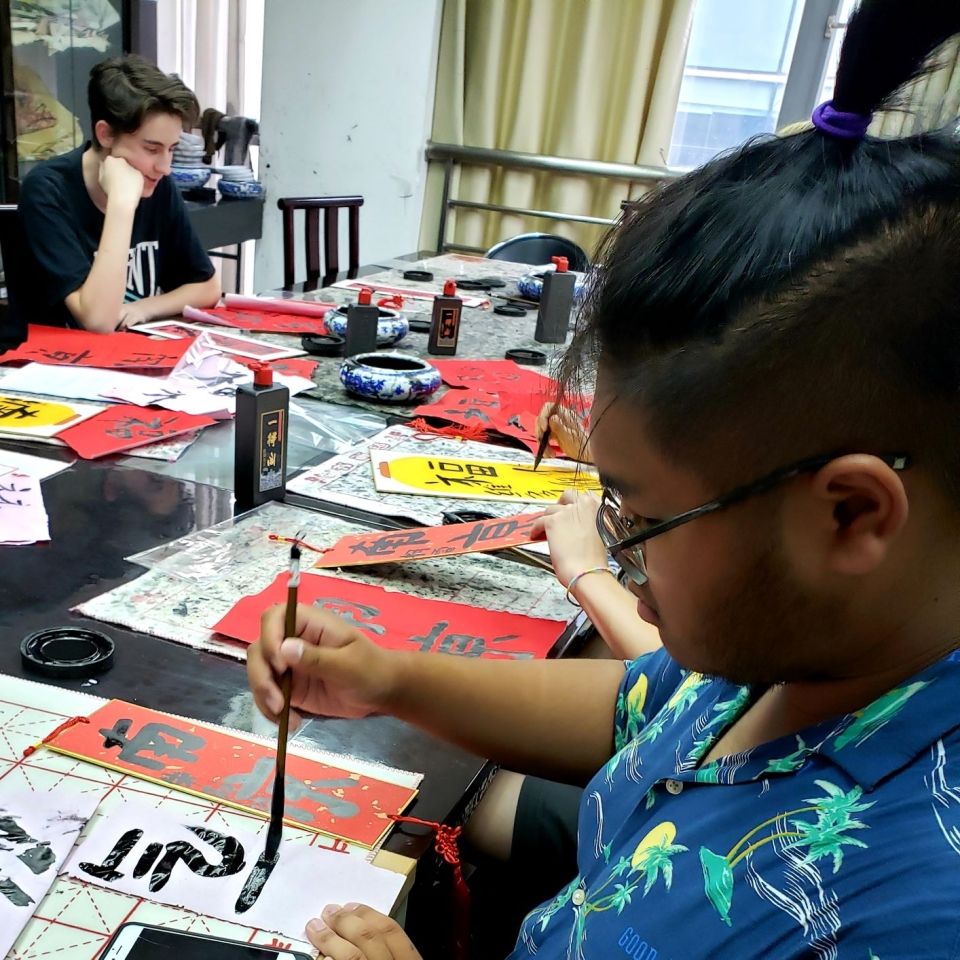
Within this style of calligraphy, we also have 2 different kinds: one with a brush and one with a pen or pencil. What our students on the program do is the kind with the ink brush. That kind is the most traditional one, which dates back to ancient times.
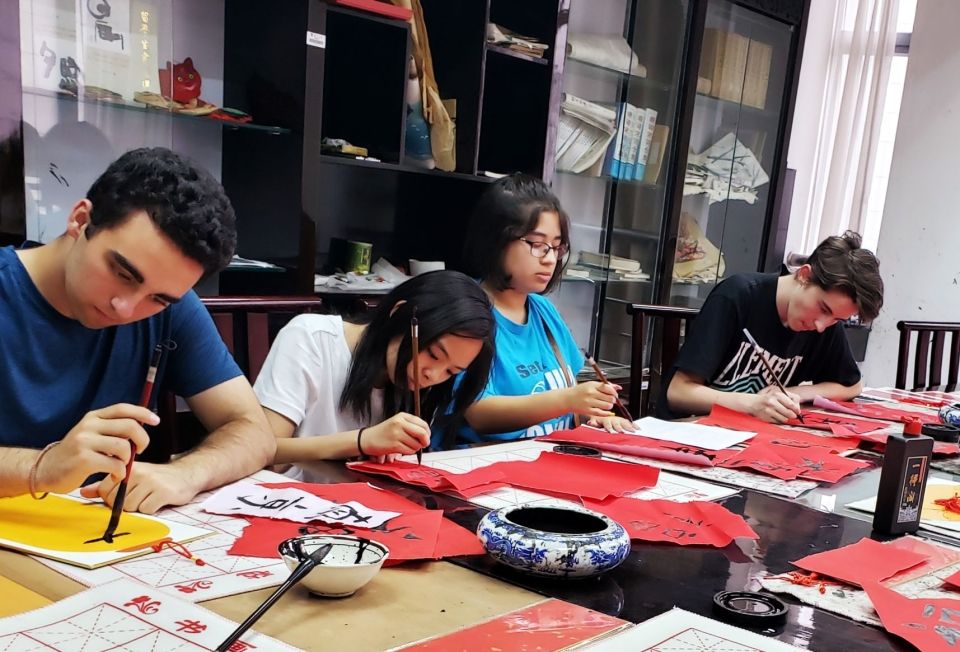
The calligraphy teacher, Yu laoshi, has been teaching calligraphy and painting for a long time. She’s really experienced and patient with students. She likes to explain what all the strokes and paintings mean and how we can do them well. Usually, on the last day of class, she will have students paint a picture on a fan as a gift for them to take home or give as a gift to their parents or friends.
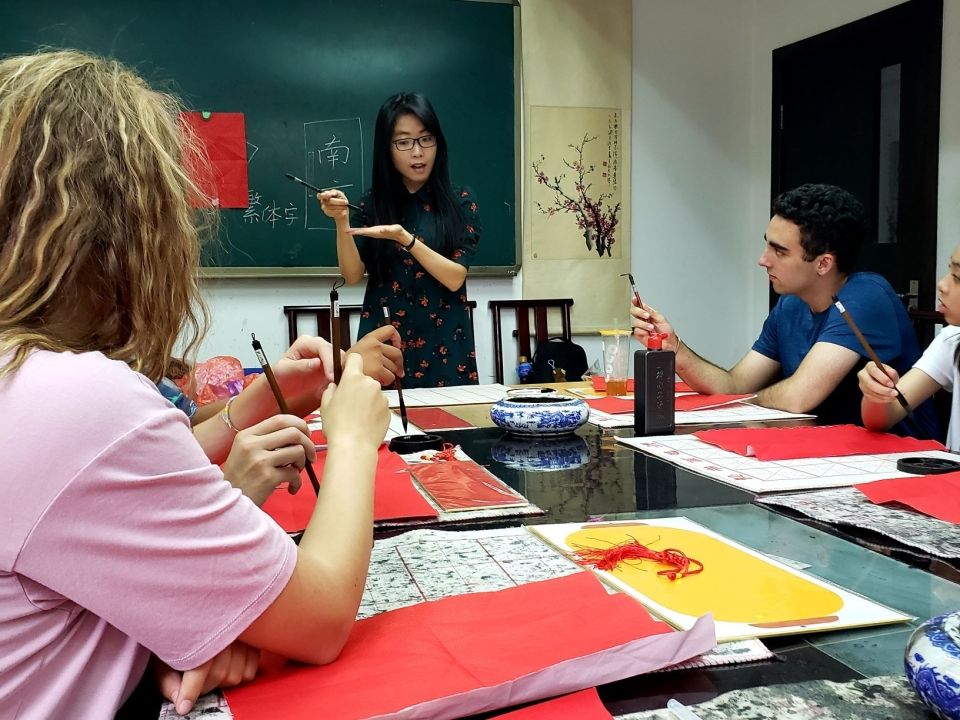
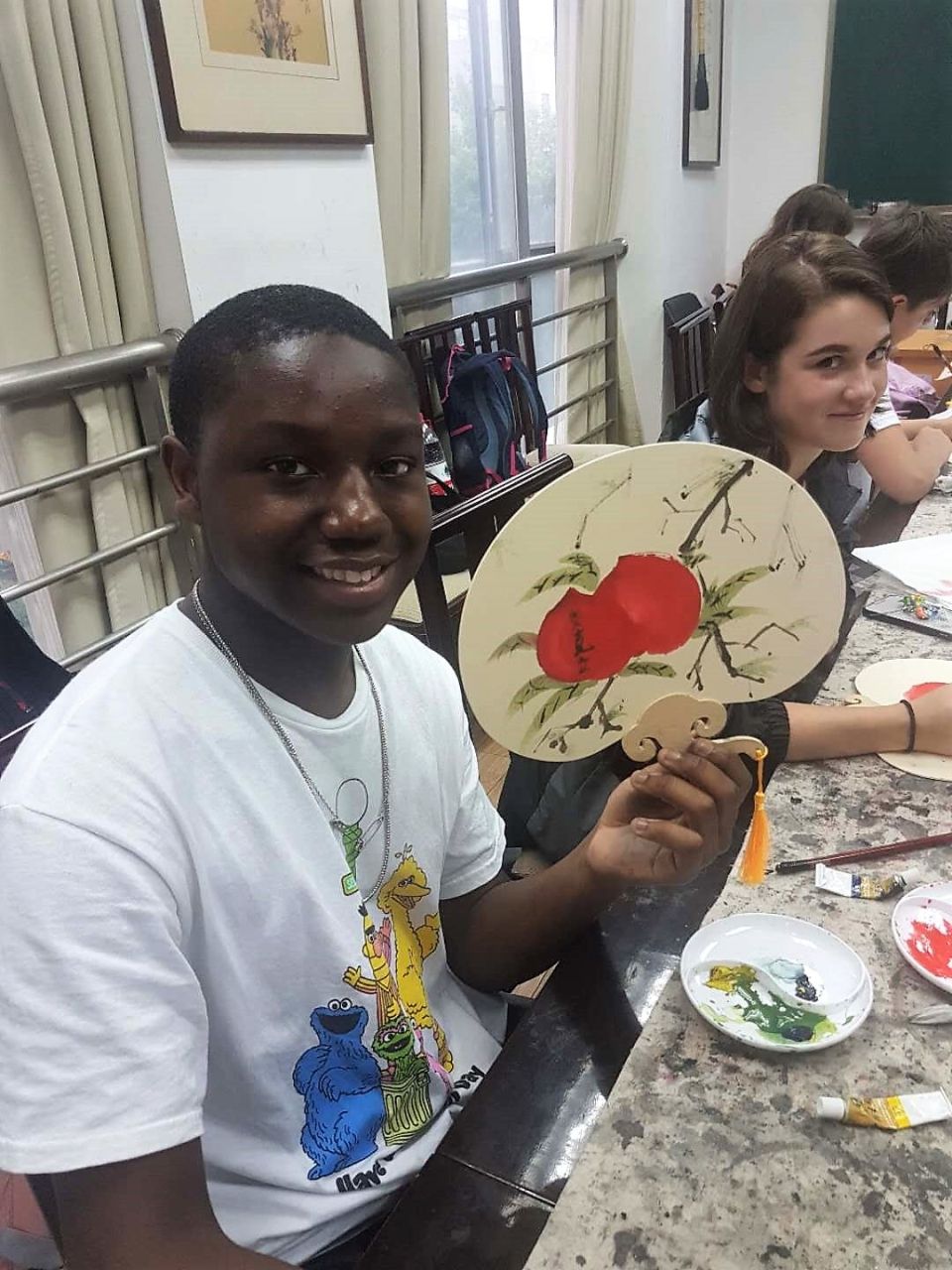
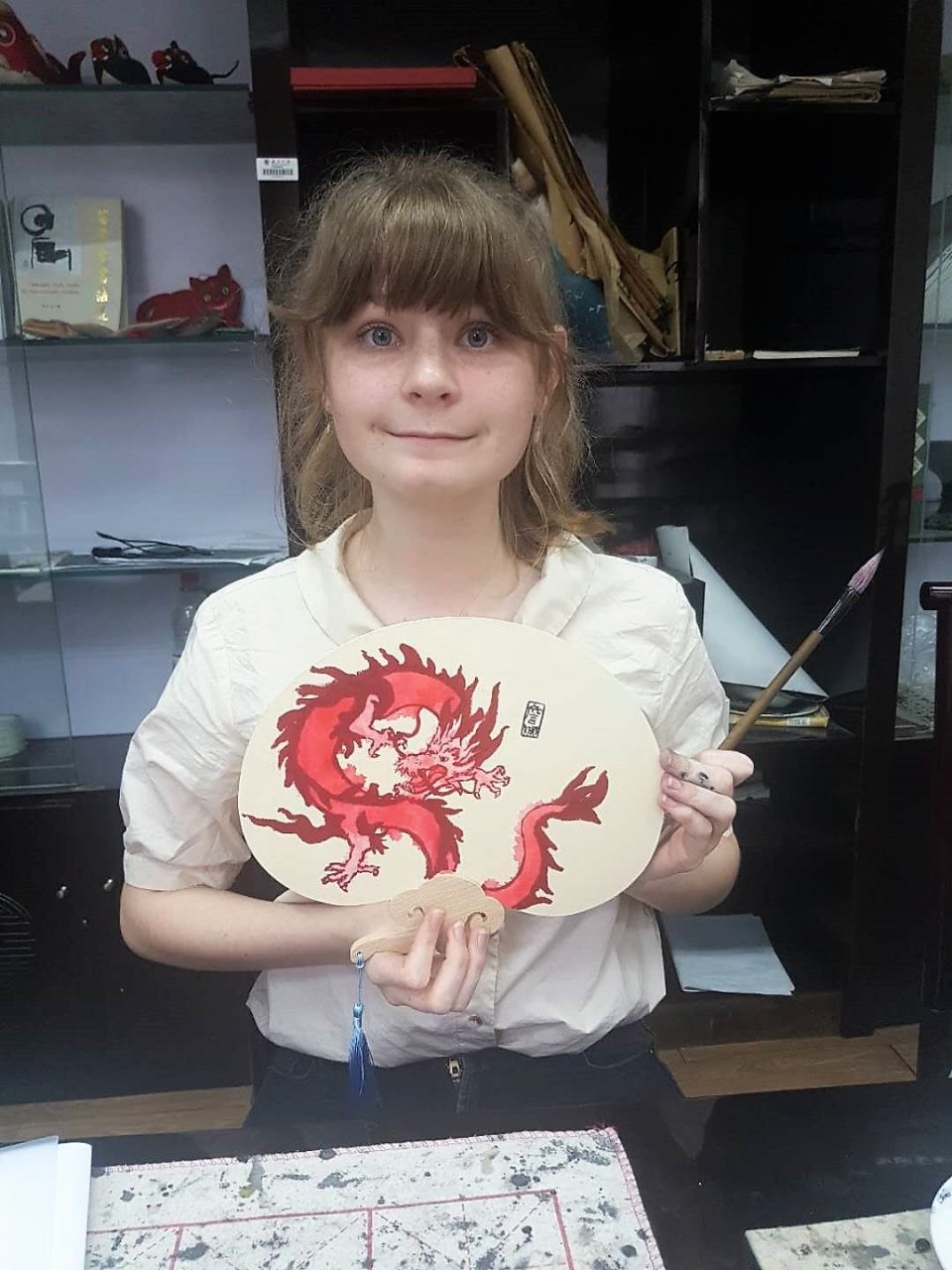
Calligraphy has always been an important part of Chinse culture. When we were little, our parents would tell us that if we were able to write calligraphy well, it would give us an extra bonus at school or at work. Historically, the way one did calligraphy also represented the kind of person you were. We have a saying in Chinese that says ‘if you have nice calligraphy, then people will think that you are a good person.’ It’s a good thing that our students got the opportunity to learn how to improve their calligraphy, then!”
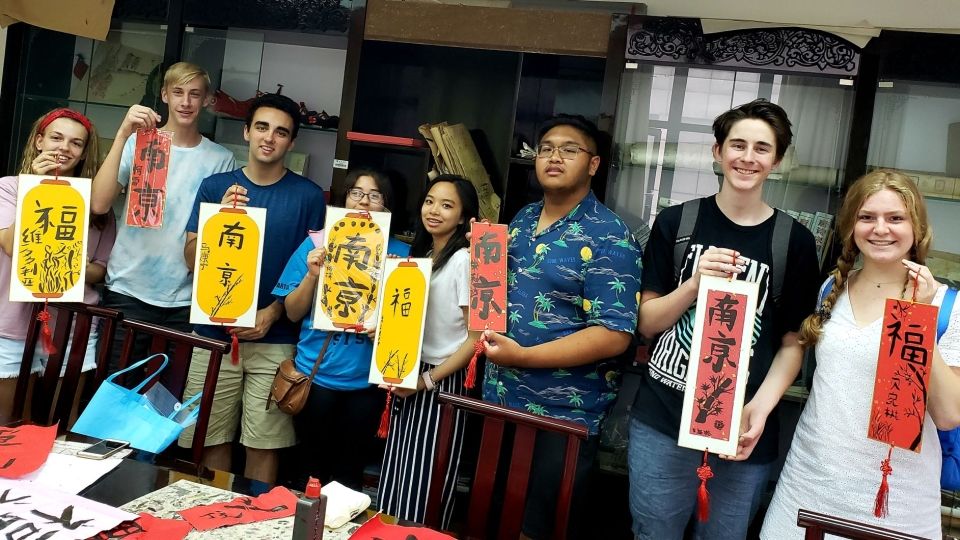
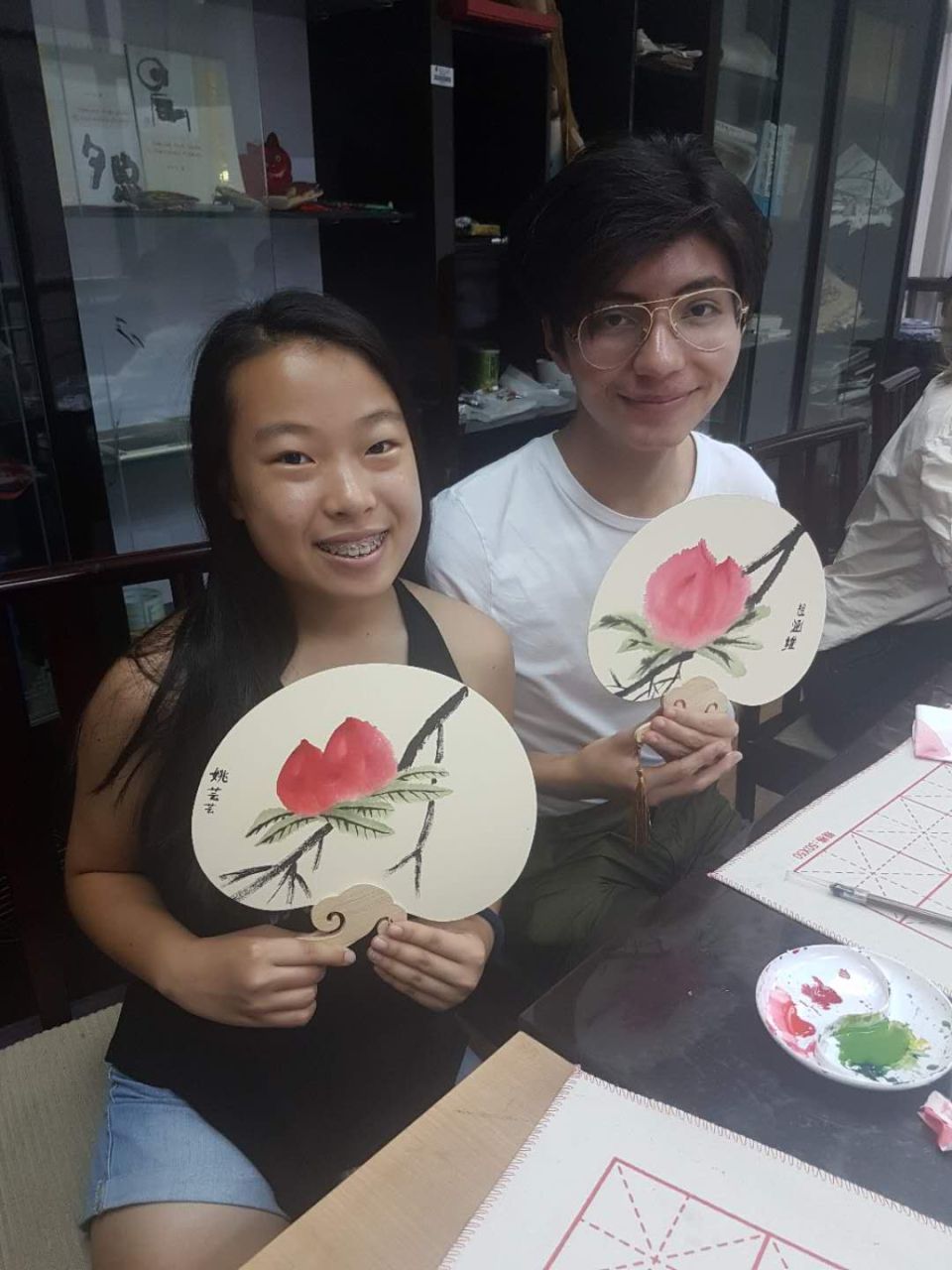
Xiang Nang (香囊) Spice Pack-Making Class
“Xiang Nang spice packs are made and used during the Dragon Boat Festival (端午节) in China. The festival is in memory of Qu Yuan (屈原), who was a famous, patriotic poet who served in high offices. He cared so much about his country, but the emperor at the time didn’t support his ideas. The emperor banished him and even accused him of treason. When the then-capital was captured, Qu Yuan drowned himself in the Miluo River in despair.
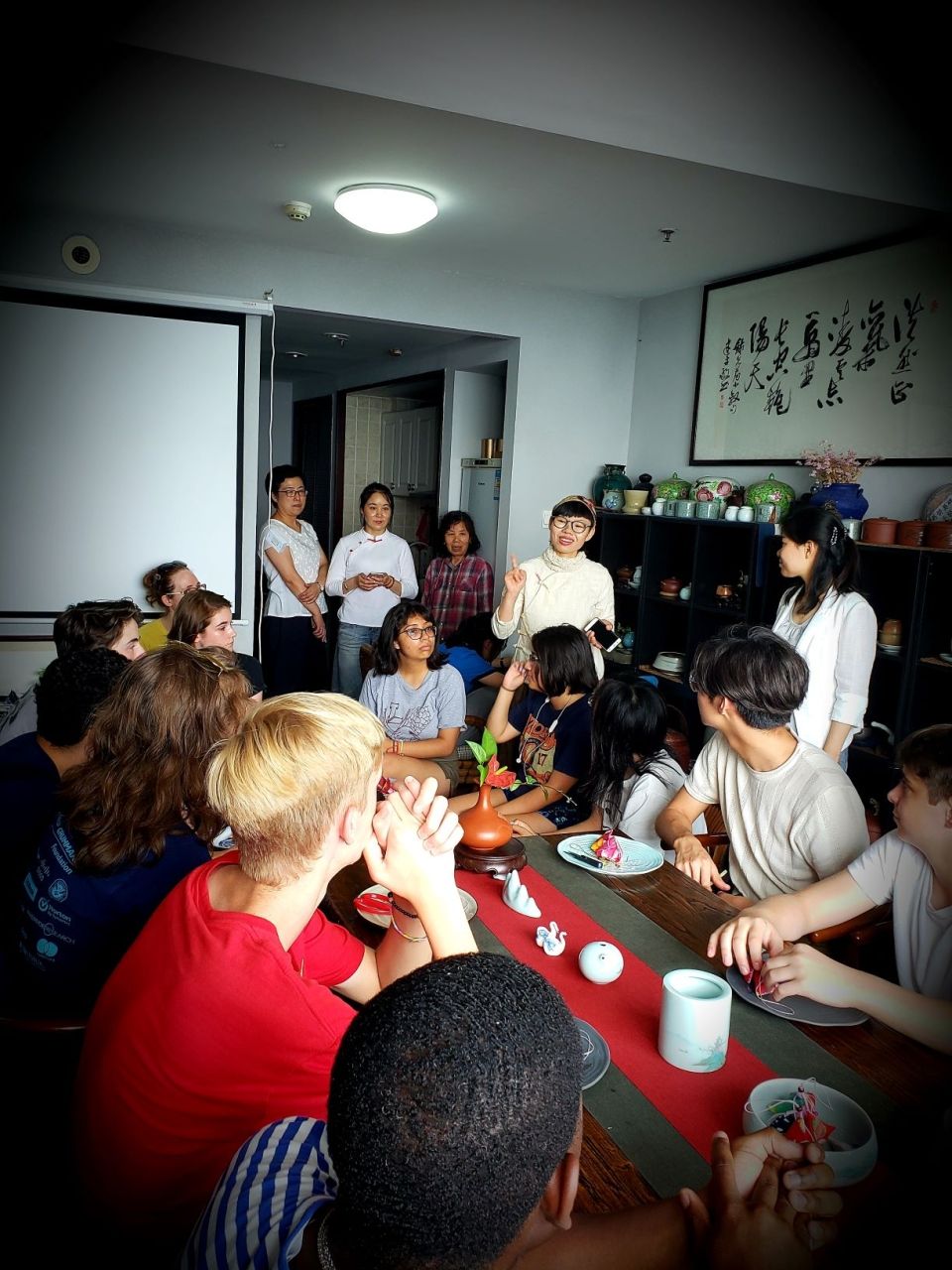
The local people, who really loved him and admired his ideas, raced out their boats to save him. That’s where the tradition of dragon boating comes from. When his body couldn’t be found, the people even tried to protect his body from being eaten by fish by throwing rice dumplings called zongzi (粽子) into the river so that the fish would eat those instead of his body.
Xiang nang spice packets are in the same shape as those rice dumplings, and we also wear them in the memory of Qu Yuan during the Dragon Boat Festival. Families make them at home and fill them with fragrant herbs to keep the mosquitos and bugs away because the Dragon Boat Festival takes place during the summertime when all of the bugs start coming out. One herb that we put inside the packets is called ai ye (艾叶), which is an herb that can repel bugs. People will put this herb outside of their houses during the Dragon Boat Festival as well. Even nowadays, children will wear these packets during the Dragon Boat Festival when they play outside to keep the insects off them.
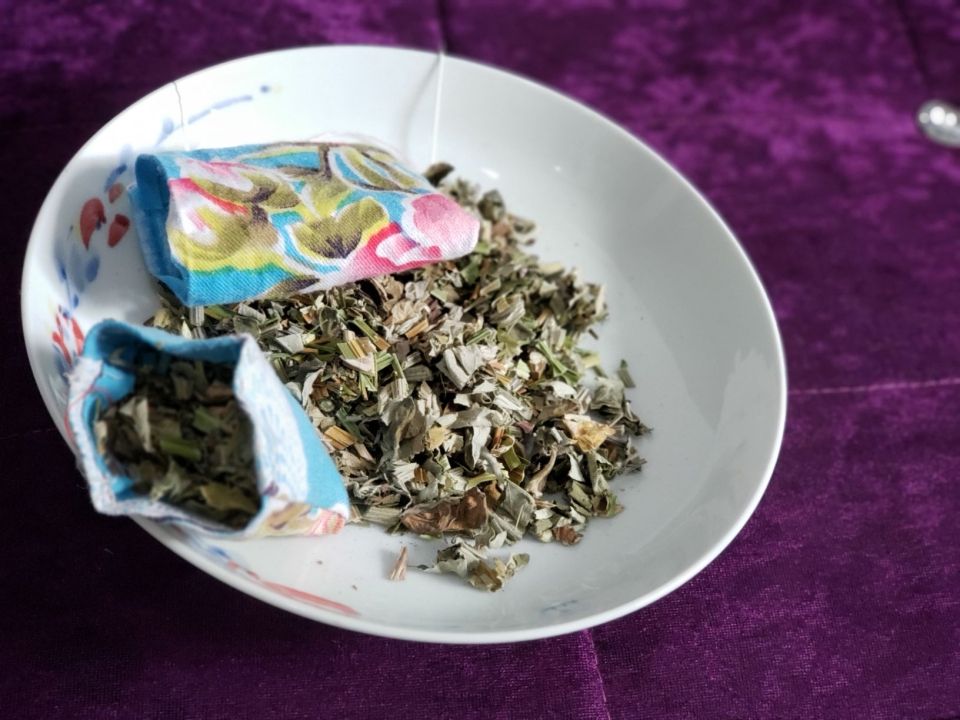
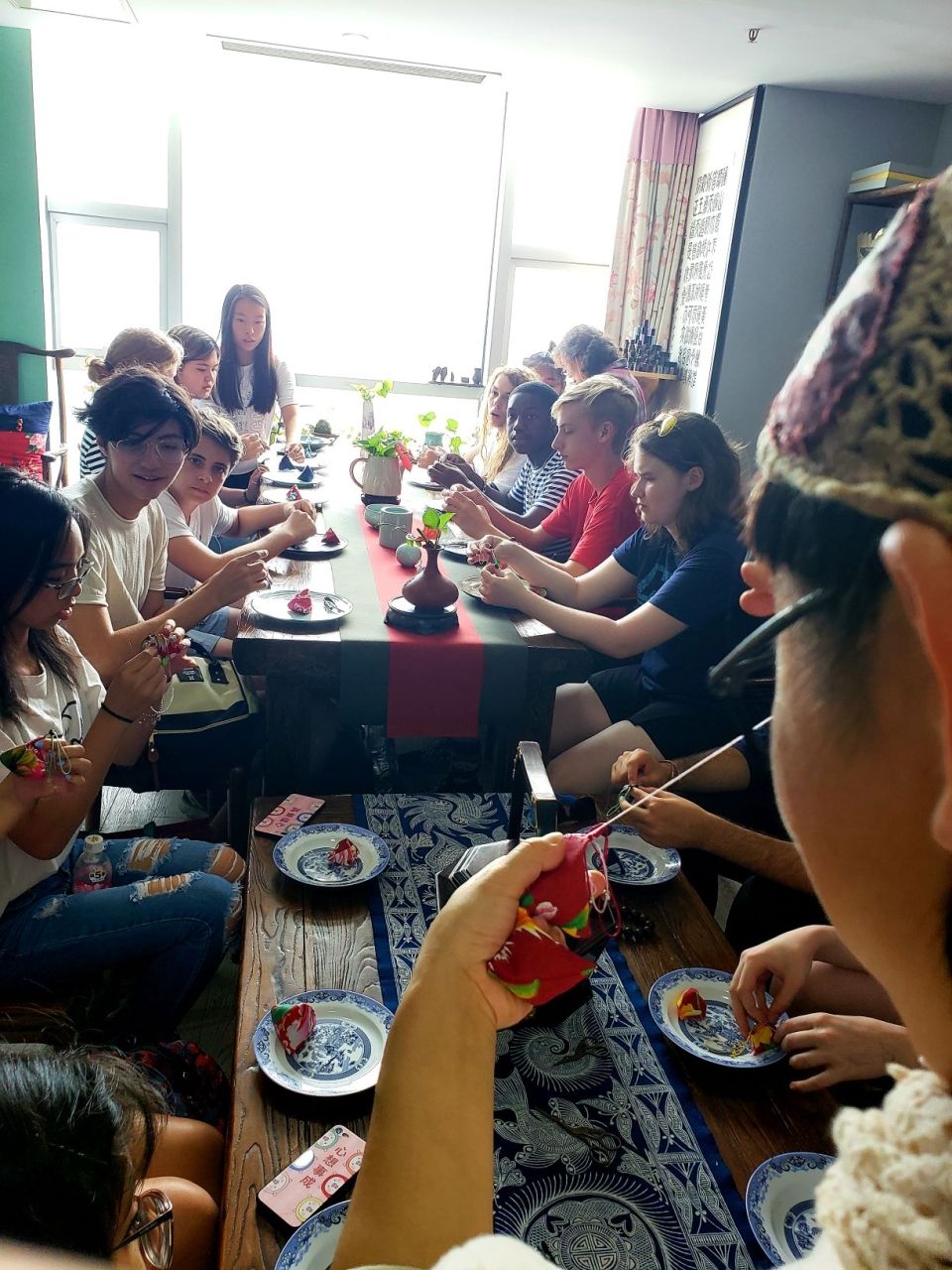
The other ingredient that we put inside the packets that we made was rosemary oil. According to the teacher, Liu laoshi, the herbal recipe that she and her family use comes from the Yi Jing, which is a classic Taoist text. The rosemary oil is supposed to keep demons away. It also helps to balance the elements inside of our body, which is related to the Taoist principle of yin and yang.
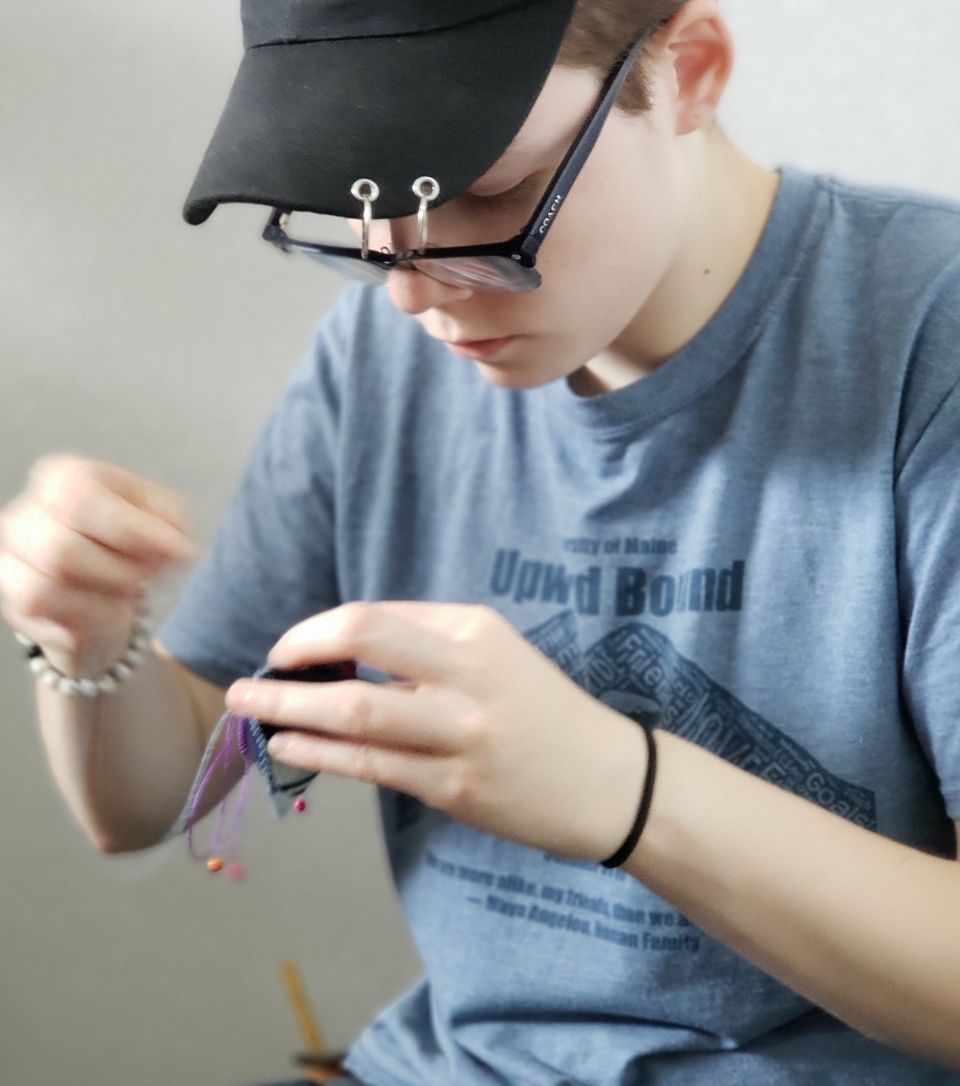
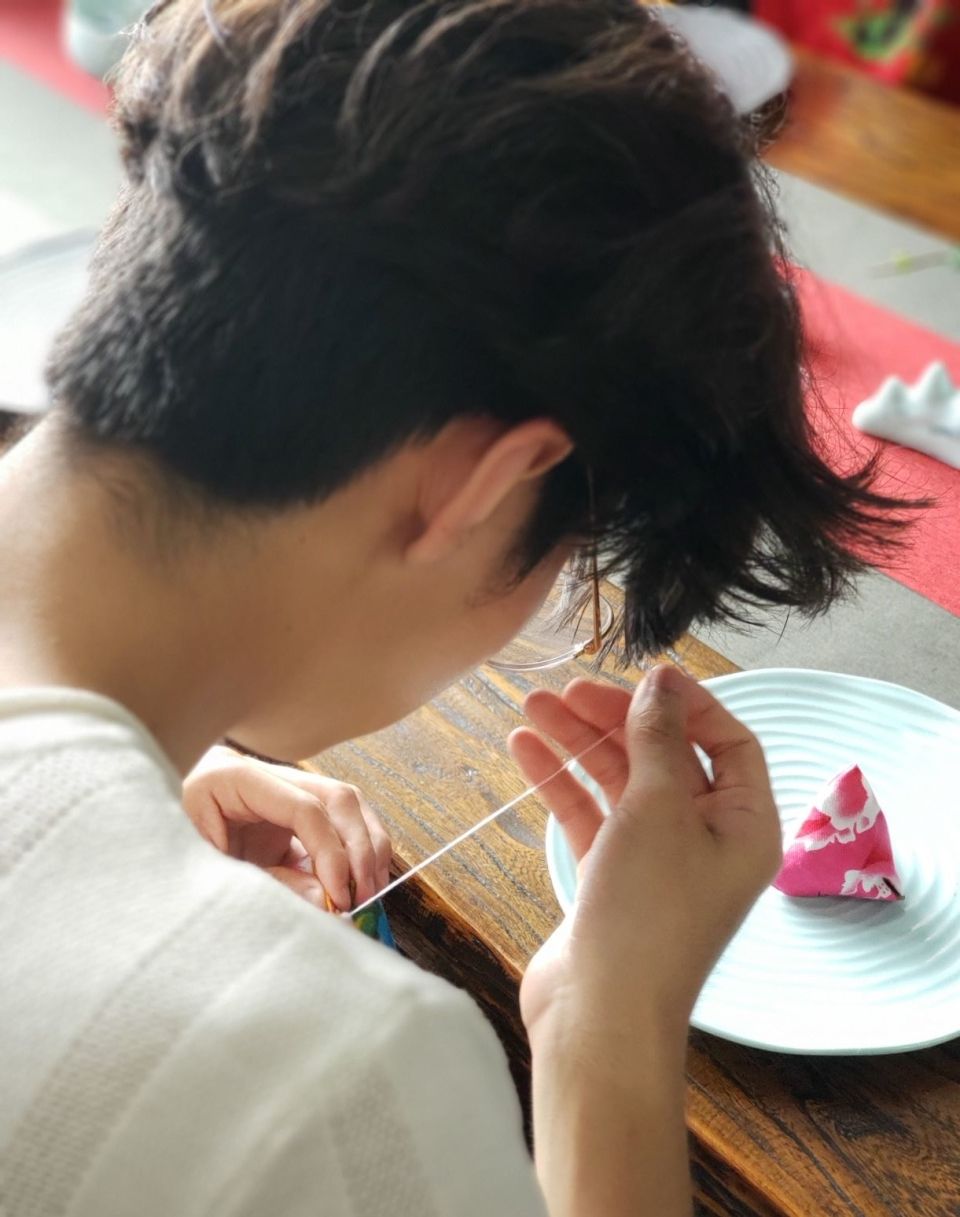
To tell you more about the teacher, Liu laoshi teaches people about traditional Chinese culture by showing them how to make traditional Chinese handicrafts. She teaches people to make these xiang nang sachets as well as traditional Chinese linens. She also teaches people how to perform traditional Chinese tea ceremonies. Her sister-in-law and her mother also help her to teach others about traditional Chinese culture, and she decorates her home with traditional Chinese items to encourage visitors to learn more about traditional Chinese crafts and activities too.”
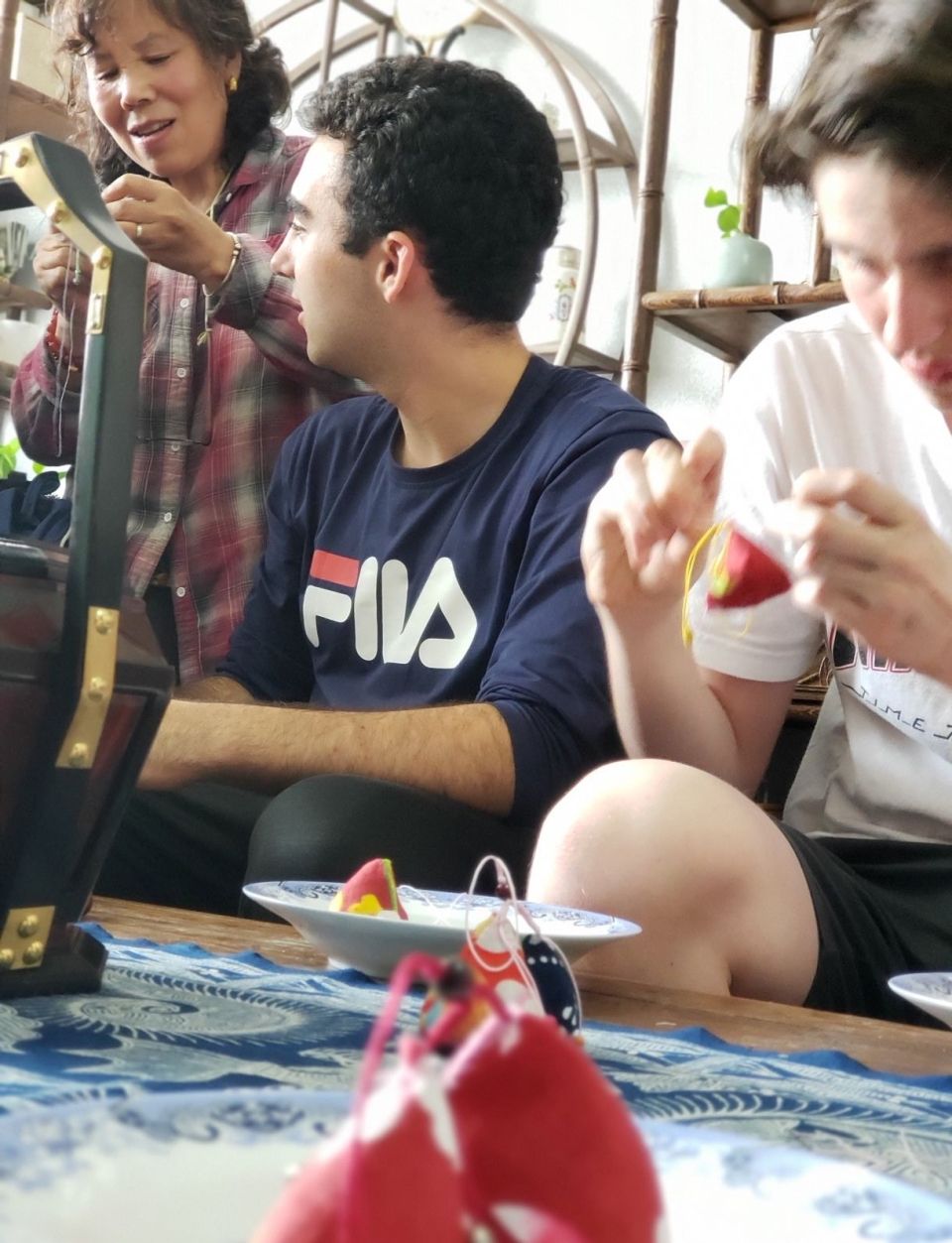
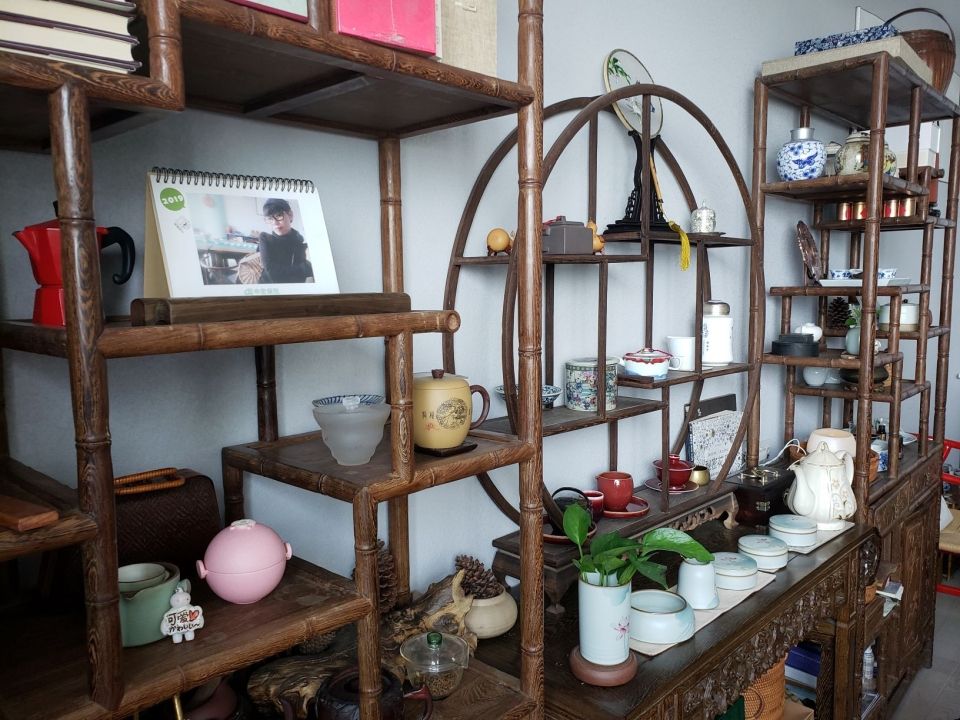
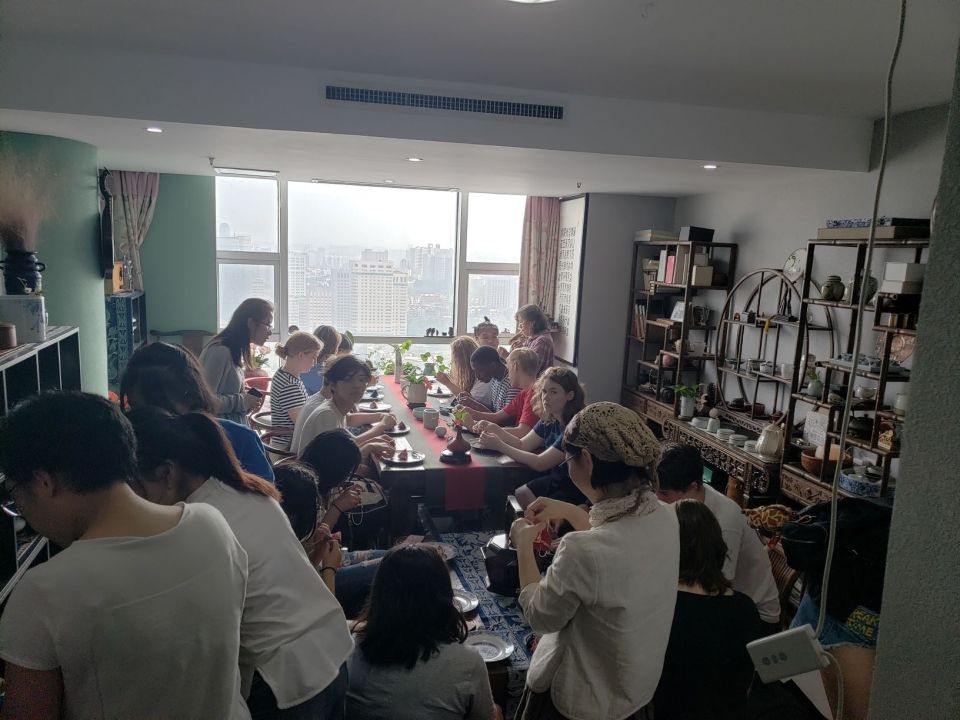
Tai Qi / Tai Ji Class (太极课)
"In China, there are 2 kinds of Tai Ji: one is to keep you healthy and the other is for fighting with others. In our teaching building, the teacher, Yang laoshi, teaches the first kind, which is for keeping up your general health and wellbeing. In this style of Tai Ji, all the moves are slow and gentle. The purpose of doing this kind of Tai Ji is to help people balance their qi (气) so they stay healthy.
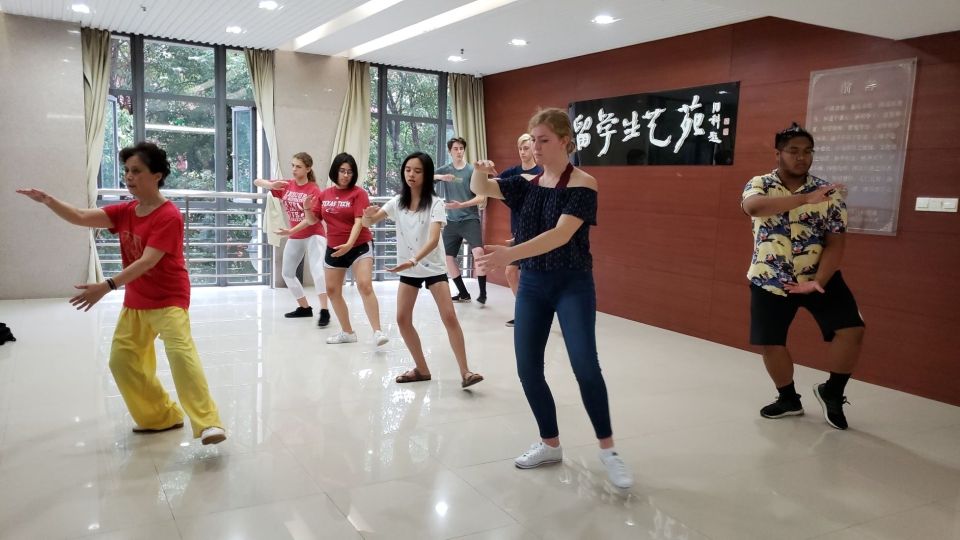
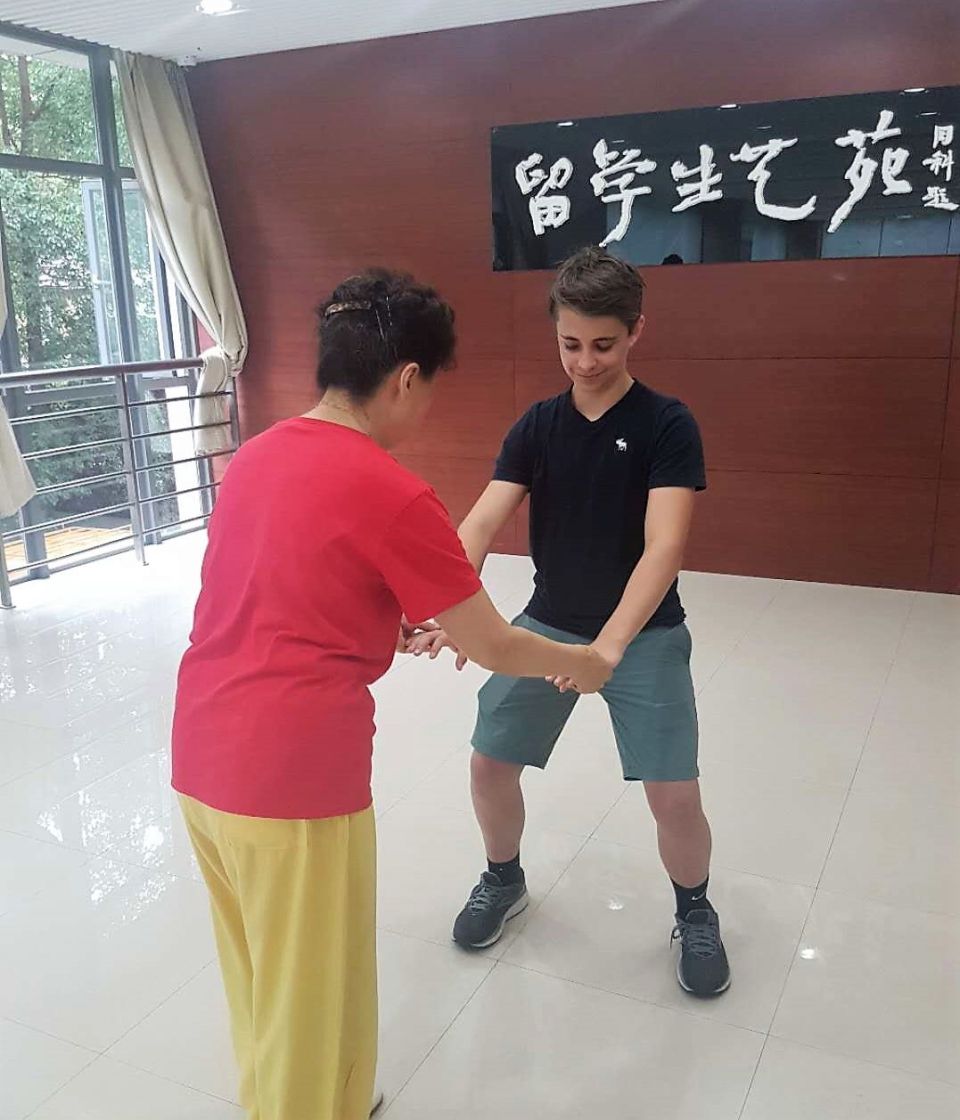
The idea of qi comes from the Taoist belief. It is a vital essence inside our bodies that is a little bit mysterious. It is the power that flows throughout your entire body. Tai Ji helps you balance this power so that it flows evenly around your body. When we do Tai Ji, we learn how to keep our inner peace and how to focus on the flow of energy in our body.
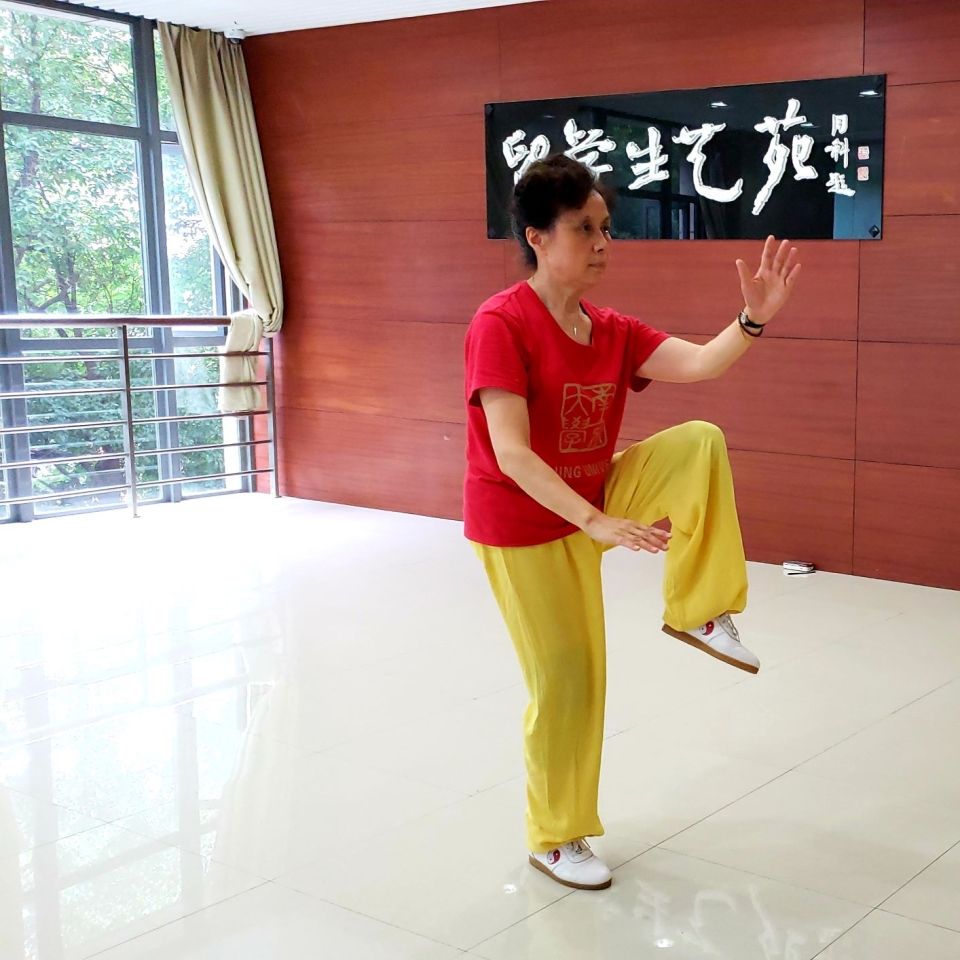
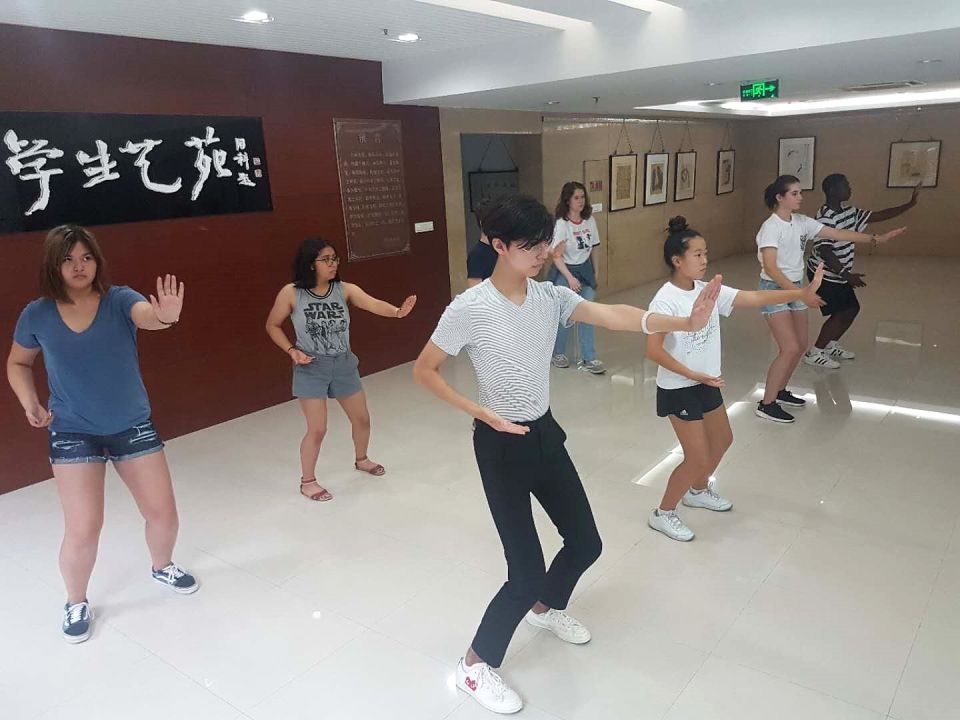
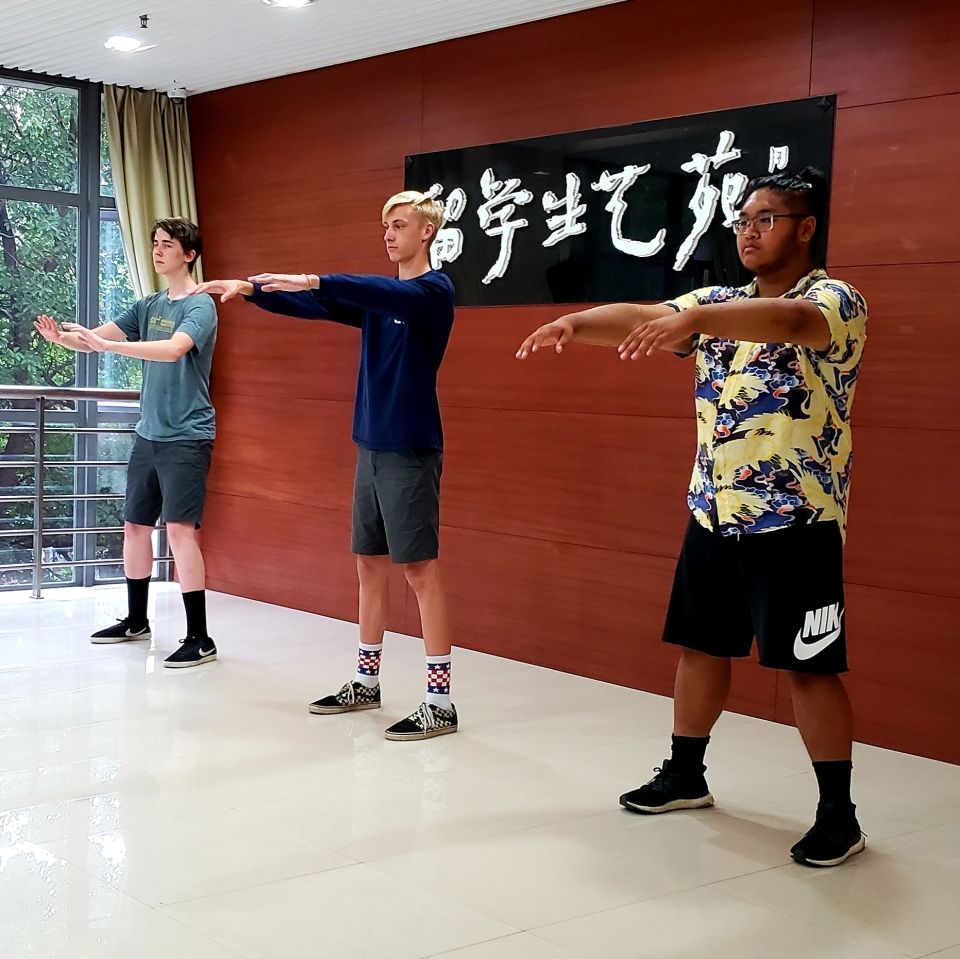
Our teacher, Yang laoshi, has been teaching Tai Ji for decades. Before her, her family also taught Tai Ji. Her surname in Chinese is even part of the word for the style of Tai Ji that she teaches. Teaching Tai Ji has been passed down in her family for a long time. She is really passionate about teaching Tai Ji to others, and our students really enjoy learning from her too.”
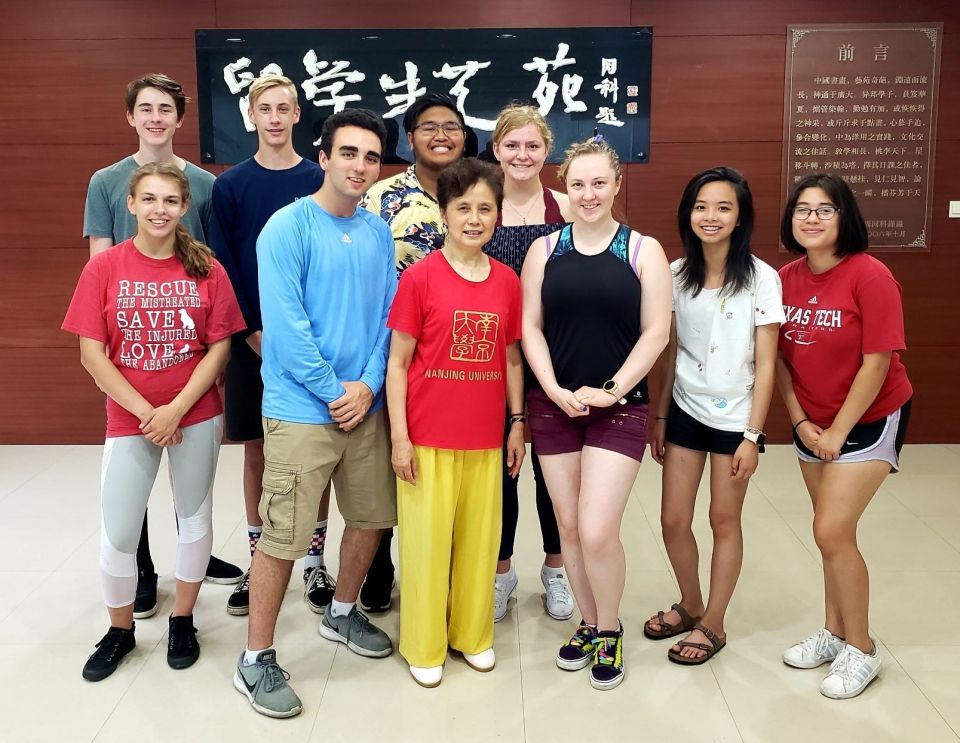
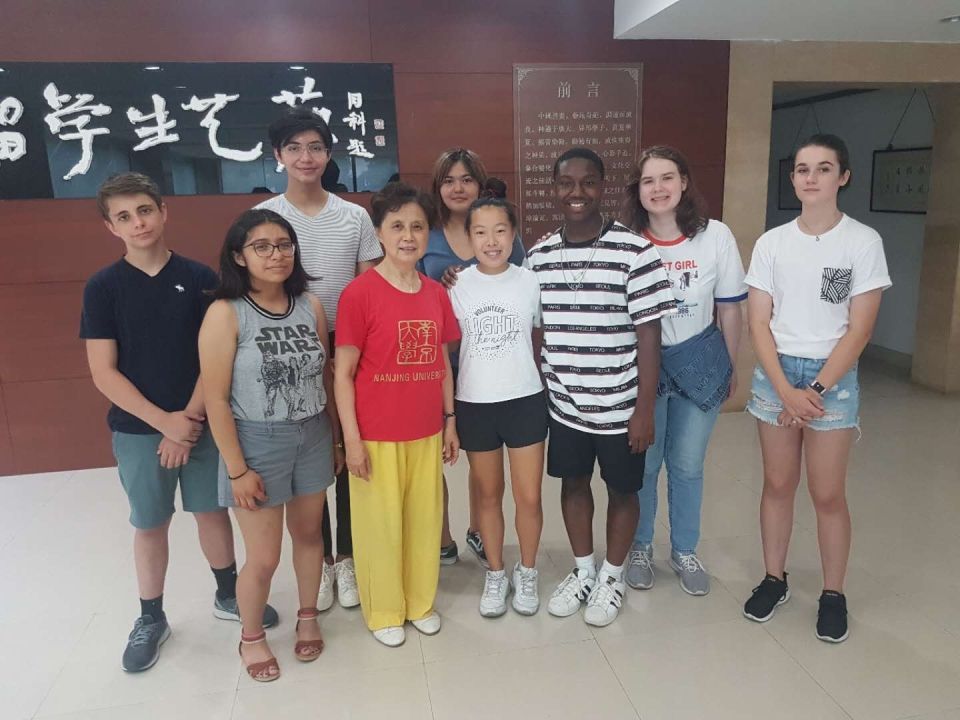
We are so glad that our students got to learn about these significant traditions in Chinese culture and experience them for themselves while on the program. We hope that when students return to the U.S., they will share the knowledge and experience that they gained from participating in these activities with their friends and their local community.
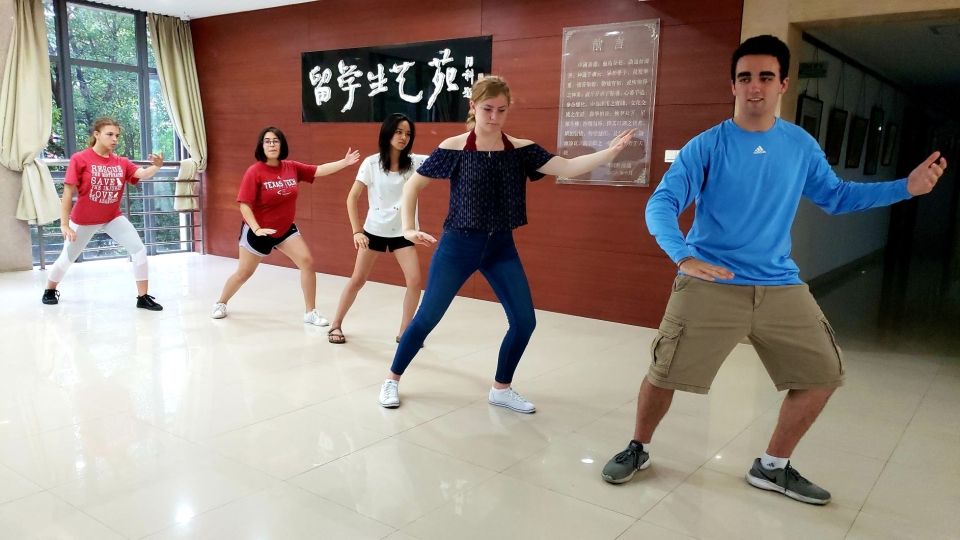
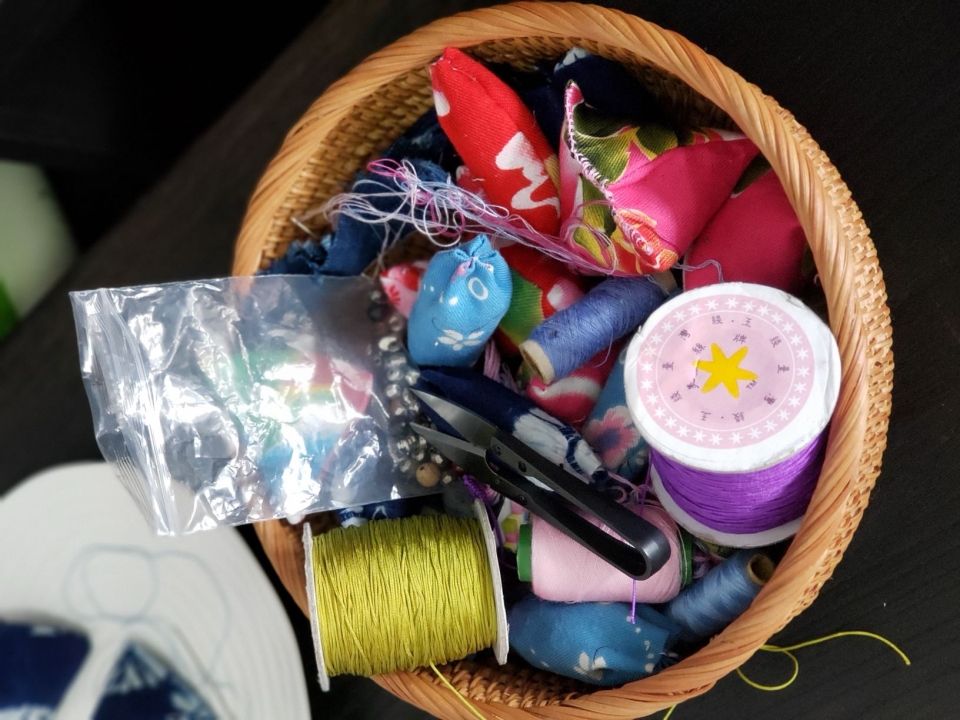
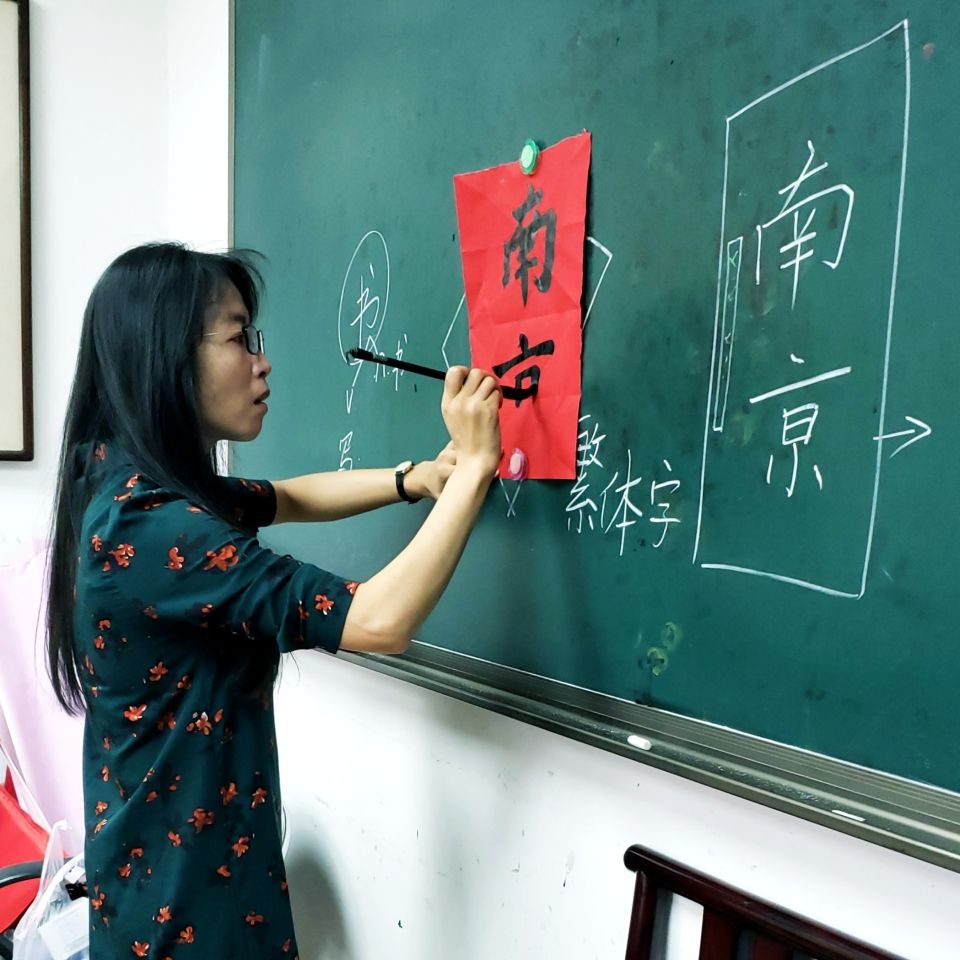
Related Posts
Wuxi (无锡) - Day 2!
Hanfu (汉服) refers to the traditional clothes worn by the Han ethnic people of China. In ancient times, hanfu was distinguished by social status, occupation, and occasions. Those in the... keep reading
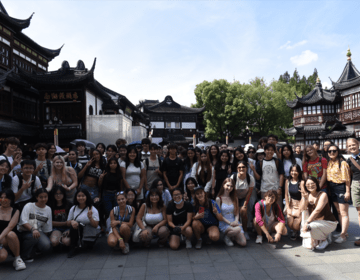
Exploring Shanghai - Visiting Yu Garden and Old City God Temple
On July 18, students visited the Yu Garden (豫园)and the Old City God Temple (城隍庙) in downtown Shanghai. During the excursion, students walked with their peers to explore the history... keep reading
